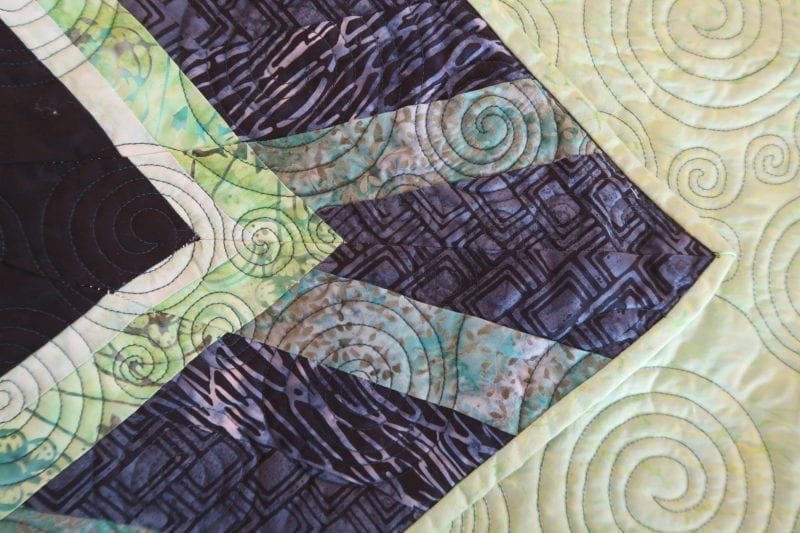Known posthumously as one of the major photographers of the late 20th century a Trenton native Peter Hujar will have his work live in infamy at the Metropolitan Museum of Art in New York City.
Known for his uncompromising attitude both in work and in life, his dedication to the passion he felt for photography and the art culture of New York in the 1970s and ’80s was unparalleled. The piece which is featured on the Metropolitan’s website is titled Nude Self Portrait #3, and like his other photographs bears a signature black and white color palate.
The portrait shown at the Metropolitan is 41.3 x 34.3 cm (16 1/4 x 13 1/2 in.) and shows Hujar in the nude from the backside only. With Hujar as the main focus of the photo his coloring is darker than that of the background, which seems to be almost white in contrast to his ashy grey colored skin.
Hujar, born in Trenton, New Jersey on October 11th, 1934 to his mother Rose Murphy, was abandoned by his father at birth and left to be raised by his Ukrainian grandparents until 1946 when he moved to New York.
Receiving his first camera in 1947, it was at this point in New York City that he began to show an interest in photography and the culture that surrounds it. In 1950, due to the abusive situation he found himself in living with his mother and stepfather, Hujar moved out to live on his own at the age of 16. In 1953 he entered the School of Industrial Art where he was lucky enough to find a teacher by the name of Daisy Aldan, who encouraged Hujar to be himself and showcase the best of himself in his work.
Following the advice of Aldan, Hujar became a commercial photography apprentice in New York City, though most of his education and technical mastery of photography came from studio shoots. By the age of 23 Hujar was already taking photos deemed to be ‘museum quality’ and, for the next few years until 1967 he would spend time abroad in places like Italy where he gathered inspiration for his 1975 photo book Portraits in Life and Death. Due to the sometime mature content in his line of work, his art and photography was not well respected or appreciated until after his death in 1987.
Very much like Van Gogh, Hujar’s work became celebrated as the beginning of a new era in photography. His work would be showcased in many prestigious museums and higher education establishments such as The Art Institute of Chicago, Carnagie Museum of Art, Fogg Museum at Harvard University, The Yale University Art Gallery, the Walker Art Center and many other institutions held in high regard.
For more information on the piece featured in the Metropolitan Museum of Art please visit https://www.metmuseum.org/art/collection/search/301948.





